Future Ultra HD TV will be 8K, not just 4K
NHK's Super Hi-Vision, offering 16x current HDTV resolution, approved as global standard by ITU

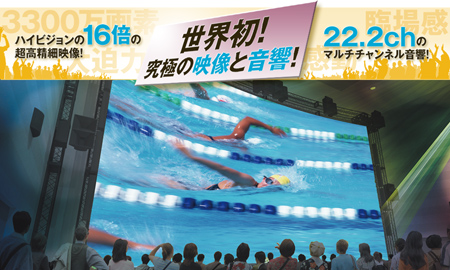
Just as we start to see the arrival of 4K TVs, delivering four times the resolution of current HD TVs, it's been announced that the future standard for Ultra High Definition TV will deliver even greater definition than the new sets can handle.
And if all goes according to plan, we could have broadcasts – and TVs – capable of 7680x4320-pixel resolution, 16 times that of today's Full HD TVs, as soon as 2020.
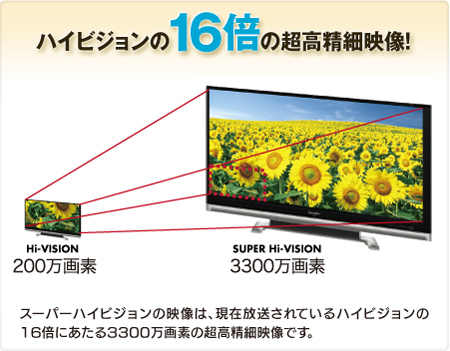
Japanese broadcaster NHK has announced that its Super Hi-Vision – or SHV – system has been approved as an international standard for future ultra-high-definition TVs by the global broadcast standards body, the International Telecommunication Union.
And not only will the new standard have that super-high resolution, it's also planned to have a much wider colour gamut – bringing it closer to the full range of colours the human eye can see – and double the frame-rate of current SHV to 120fps for smoother motion-rendering.
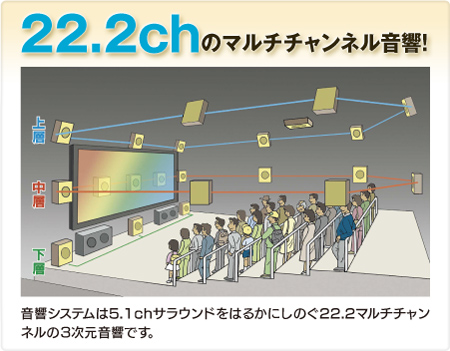
There are even plans for extended sound systems, using as many as 22.2 channels of sound for a fully immersive experience.
However, the adoption of that will be part of an extension of the standard, which will also cover small matters such as how the 8K signal will be handled by the broadcast chain, which will require extremely high-speed compression.
There are also technical issues when it comes to storing and shooting the new content: it requires huge amounts of storage, and the cameras currently used are both large and limited in their portability, not to mention having viewfinders allowing their users to see only a tiny fraction of the resolution being recorded.
The latest hi-fi, home cinema and tech news, reviews, buying advice and deals, direct to your inbox.
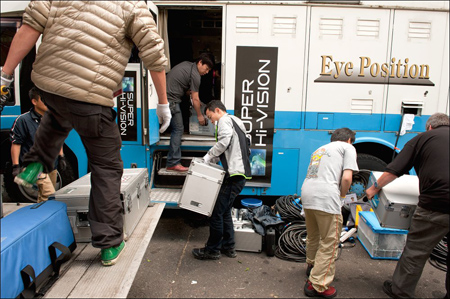
The Super Hi-Vision system was trialled during the London 2012 Olympics by a team from NHK working with the BBC and supported by broadcast experts SIS Live, which operates the UK's largest fleet of outside broadcast and satellite uplink vehicles.
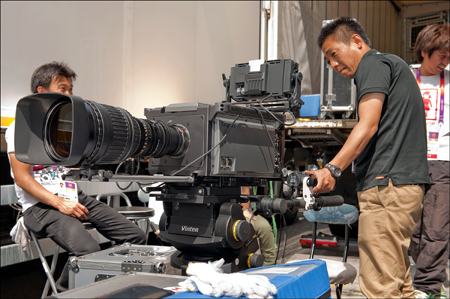
The NHK team brought from Japan not only a specially adapted broadcast truck, but also three 8K cameras – actually the only three 8K cameras in the world.
These cameras were connected to the NHK truck, while the 22.2 channel sound was mixed using NHK audio equipment integrated into a truck provided by SIS Live, and the content sent to the Super Hi-Vision production centre using 24Gb/s links over optical fibre.
Previewing used an 85in prototype screen, and then the content was recorded for transmission and backup. Showing of the 8K coverage, including the opening and closing ceremonies and the Men's 100m final, were held in London, Glasgow and Bradford, as well as in the USA and Japan.
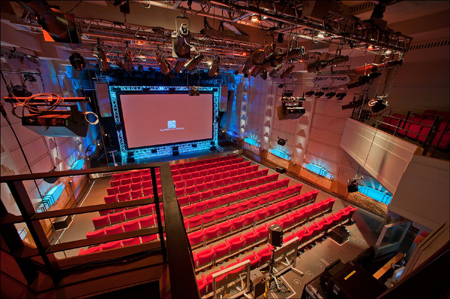
The viewings used 250in or 300in screens, and full 22.2-channel sound systems, but the ITU standard is for broadcast into the home as well as for public events such as this.
Andrew has written about audio and video products for the past 20+ years, and been a consumer journalist for more than 30 years, starting his career on camera magazines. Andrew has contributed to titles including What Hi-Fi?, Gramophone, Jazzwise and Hi-Fi Critic, Hi-Fi News & Record Review and Hi-Fi Choice. I’ve also written for a number of non-specialist and overseas magazines.
